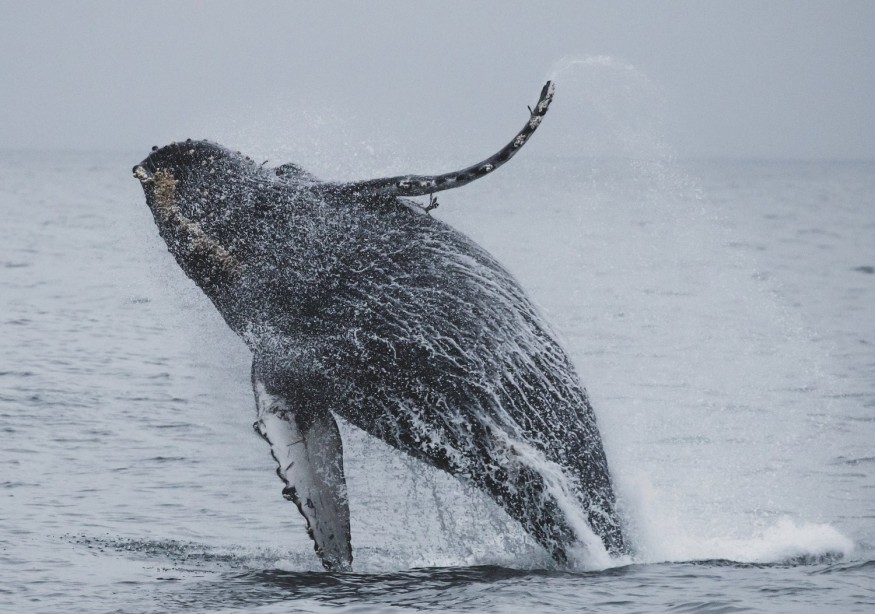Paleontologists in Egypt discovered a fossil of one of the world's smallest prehistoric whales. The newly discovered species is comparable in size to a modern-day bottlenose dolphin, with an estimated body weight of 412.3 pounds (187 kilograms) and a length of 8.2 feet (2.5 meters).

In a study published in the journal Communications Biology, the "tiny" fossil was unearthed in Wadi el-Hitan, or Whale Valley, and belonged to a whale that lived 41 million years ago.
Tutcetus rayanensis is a member of the Basilosauridae, an extinct family of early whales that were the first to become entirely aquatic. Furthermore, the small specimen is substantially older than other basilosaurids from the Eocene Epoch.
It was named after the Egyptian pharaoh Tutankhamun to commemorate the finding of the pharaoh's tomb a century ago and the Wadi el-Rayan area in Egypt where the fossil was discovered.
Whales' evolution
Professor Hesham Sallam, founder of the Mansoura University vertebrate paleontology institute (MUVP), explained that the researchers first discovered a single exposed tooth in a piece of limestone dating back to the Eocene, which lasted from 55.8 million to 33.9 million years ago.
"Then when we were trying to repair it and clean up all of the sediment above the fossils, we discovered it is not something we usually see from that time period," he said in an interview.
According to the researchers, an examination of the whale's soft enamel revealed that it fed on small squids and possibly crustaceans. According to Abdullah Gohar, a co-author of the study from MUVP, such a diet is similar to that of modern dolphins.
The analysis of the whale's teeth and bones revealed it was nearing full adulthood when it died, while the quick development of the teeth and Tutcetus' modest size suggest it had a short, fast life compared to larger and later basilosaurids.
"Whales' evolution from land-dwelling animals to beautiful marine creatures embodies the marvelous, adventurous journey of life," Sallam added. "Tutcetus is a remarkable discovery that documents one of the first phases of the transition to a fully aquatic lifestyle that took place in that journey."
The discovery comes only weeks after paleontologists announced the discovery of an ancient whale estimated to be the biggest animal ever to have lived. That whale was a basilosaurid as well.
Understanding of cetacean life histories
Experts suggest that the discovery of the new species has resulted in a significant shift in our understanding of Eocene cetacean life cycles.
Unlike other basilosaurid discoveries, there are signs that, despite its diminutive size, the subadult T. rayanensis, as well as other basilosaurids, could have developed swiftly.
According to lead study author Mohammed Antar, they might have undergone faster developmental processes than previously thought, implying a diverse range of growth strategies within this group.
They also noted that Tutcetus rayanensis did not replace its first premolar tooth compared to other basilosaurids, adding that this expands the understanding of basilosaurid whales and their evolutionary adaptations in response to varied ecological constraints.
Related Article: B
Related Article: eaked Whale Fossil Shows When Humans Became Bipedal
Related Video:
© 2025 NatureWorldNews.com All rights reserved. Do not reproduce without permission.





